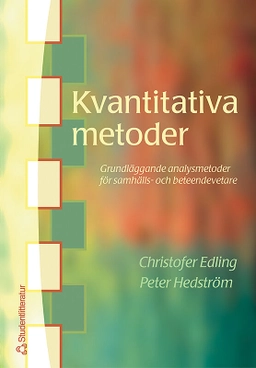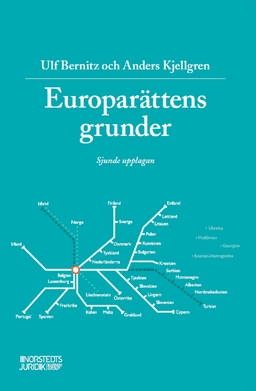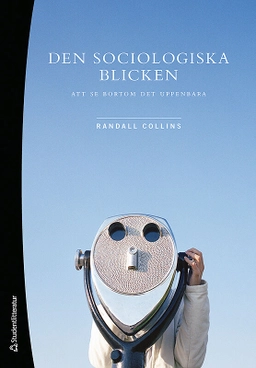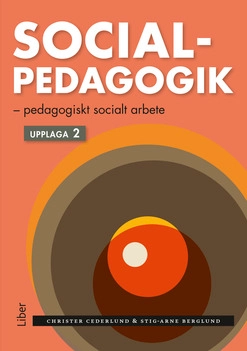![Att tolka barns signaler : gravt utvecklingsstörda flerhandikappade barns lek och kommunikation = [To interpret childrens signals] : [play and communication in profoundly mentally and multiply handicapped children]; Jane Brodin; 1991](/_next/static/media/cover_lighter.74ee633d.jpg)
![Att tolka barns signaler : gravt utvecklingsstörda flerhandikappade barns lek och kommunikation = [To interpret childrens signals] : [play and communication in profoundly mentally and multiply handicapped children]; Jane Brodin; 1991](/_next/static/media/cover_lighter.74ee633d.jpg)
Att tolka barns signaler : gravt utvecklingsstörda flerhandikappade barns lek och kommunikation = [To interpret childrens signals] : [play and communication in profoundly mentally and multiply handicapped children]Upplaga 1
- Upplaga: 1a upplagan
- Utgiven: 1991
- ISBN: 9789171469083
- Sidor: 269 st
- Förlag: Univ
- Språk: Svenska
Om boken
Åtkomstkoder och digitalt tilläggsmaterial garanteras inte med begagnade böcker
Mer om Att tolka barns signaler : gravt utvecklingsstörda flerhandikappade barns lek och kommunikation = [To interpret childrens signals] : [play and communication in profoundly mentally and multiply handicapped children] (1991)
1991 släpptes boken Att tolka barns signaler : gravt utvecklingsstörda flerhandikappade barns lek och kommunikation = [To interpret childrens signals] : [play and communication in profoundly mentally and multiply handicapped children] skriven av Jane Brodin. Det är den 1a upplagan av kursboken. Den är skriven på svenska och består av 269 sidor. Förlaget bakom boken är Univ.
Köp boken Att tolka barns signaler : gravt utvecklingsstörda flerhandikappade barns lek och kommunikation = [To interpret childrens signals] : [play and communication in profoundly mentally and multiply handicapped children] på Studentapan och spara pengar.
Referera till Att tolka barns signaler : gravt utvecklingsstörda flerhandikappade barns lek och kommunikation = [To interpret childrens signals] : [play and communication in profoundly mentally and multiply handicapped children] (Upplaga 1)
Harvard
Oxford
APA
Vancouver
Bokens omdöme
Ingen har recenserat den här boken ännu.



















